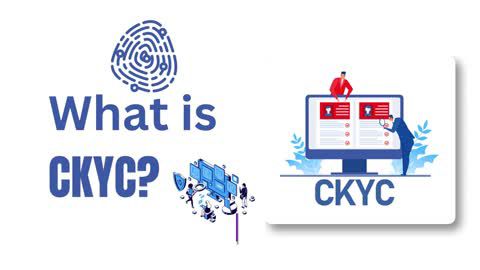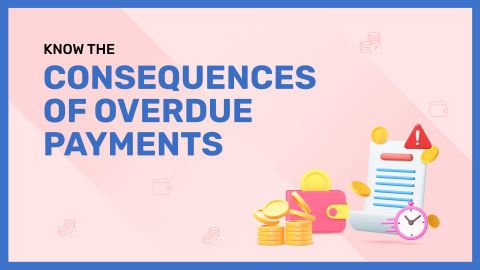First-party fraud occurs when an individual deliberately provides false or misleading financial information to gain a financial advantage. This could include lying about income on a loan application, failing to repay loans with no intention of doing so, or committing chargeback fraud by falsely disputing legitimate transactions.
Key characteristics of first-party fraud:
- Intentional misrepresentation: The fraudster knowingly provides inaccurate information.
- No third-party involvement: Unlike identity theft or hacking, first-party fraud is committed by the individual themselves.
- Common targets: Loan applications, credit card transactions, and Buy Now, Pay Later (BNPL) schemes.
For example, an individual might apply for a personal loan by overstating their income or providing fake documents. Once the loan is approved, they may default on repayments, causing financial losses to the lender.
How it differs from third-party fraud
While third-party fraud involves external actors exploiting someone else’s identity or account, first-party fraud is perpetrated by the account holder or applicant. This distinction is crucial because first-party fraud often goes undetected longer, as the perpetrator has legitimate access to the financial account or service.











